by Abbie Walker
Do you ever think about getting away from the world? Ever contemplate taking a break and relaxing out in the woods by yourself for while? Well, one guy decided to do just that…for 27 years.
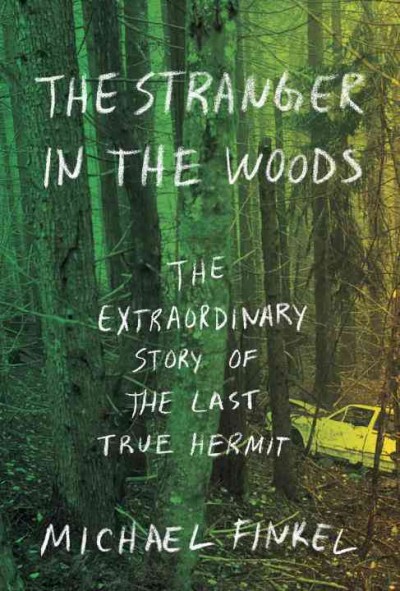 The Stranger in the Woods by Michael Finkel is the true story of the hermit Christopher Knight. In 1986, 20-year-old Knight decided to completely leave society and disappear into the woods of Maine. For the next three decades, Knight lived completely by himself, surviving by pilfering off the summer cabins that surrounded the nearby lake. To the locals, he became known as the North Pond Hermit. It wasn’t until 2013 that a determined resident finally caught him stealing food from the lake’s summer camp, and the hermit and his hideout were revealed.
The Stranger in the Woods by Michael Finkel is the true story of the hermit Christopher Knight. In 1986, 20-year-old Knight decided to completely leave society and disappear into the woods of Maine. For the next three decades, Knight lived completely by himself, surviving by pilfering off the summer cabins that surrounded the nearby lake. To the locals, he became known as the North Pond Hermit. It wasn’t until 2013 that a determined resident finally caught him stealing food from the lake’s summer camp, and the hermit and his hideout were revealed.
Okay, so this story, which seems almost too bizarre to be true, is extremely fascinating. Journalist Finkel, after hearing about Knight’s arrest and his strange claim to have been by himself for that many years, began sending letters and eventually visited Knight in jail. By gaining Knight’s trust, Finkel was able to delve further into the mind of the hermit.
Finkel expertly tells this nonfiction tale. He spends each chapter focused on a particular element of Knight’s experience: how he survived, what his camp was like, his stealing escapades, and even the differing opinions of the locals. Woven throughout is Finkel’s personal interactions with Knight. It was interesting to read about Knight trying to adapt and re-enter a society that had changed so much.

What I found most fascinating about this story was how Finkel used outside sources to create a rich discussion of the various types of hermits and why people choose a life of solitude. What’s interesting is how Knight doesn’t feel he quite fits into any particular kind of hermit. Was he trying to make a political statement? Was he on a spiritual or creative quest? No, Knight says, he just felt like doing it.
Finkel also brings in expert opinions to try and identify Knight’s mental state and why he had such a low need for human interaction. Apart from a brief encounter with a hiker in the mid-90s, in which he said a simple “hi,” Knight never talked to a single person for almost 30 years.

It may be hard to believe that Knight was able to be on his own for so long, that he committed over a thousand burglaries before getting caught, that he never had any serious injuries, or that he was able to survive the brutal winters of Maine without ever lighting a fire. Despite his abnormal tendencies, Knight is actually an intelligent man. He’s definitely someone who questions social norms and is quite open about his beliefs. Though I think Finkel kind of romanticizes Knight a little too much, there is still a lot the reader can learn from his solitary experience. Clearing out the noise and taking in the sounds of nature actually added significantly to Knight’s mind and health. He spent time reading books and simply being.
He was confounded by the idea that passing the prime of your life in a cubicle, spending hours a day at a computer, in exchange for money, was considered acceptable, but relaxing in a tent in the woods was disturbed. Observing the trees was indolent; cutting them down was enterprising. What did Knight do for a living? He lived for a living.
Overall, this book is one I couldn’t put down. If you enjoy true stories or documentaries of strange people, then this is the book for you. Maybe after you read it, you’ll want to go out and live in the woods by yourself for a while, too. But, please, don’t start breaking into people’s homes and stealing their food.

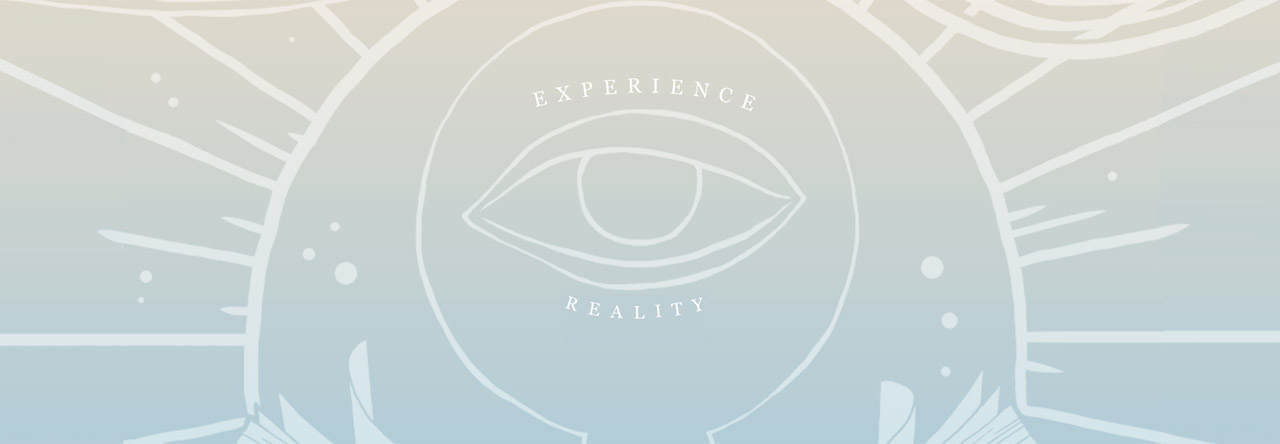
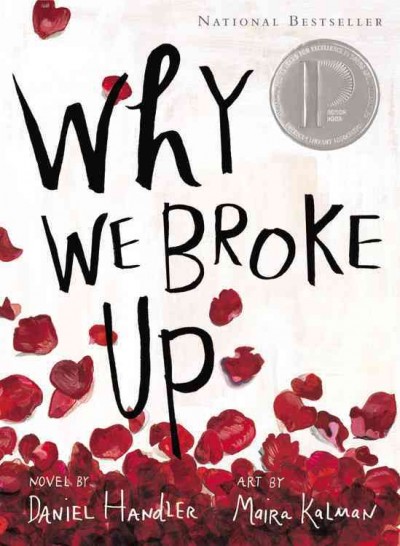 There aren’t many YA romance novels that compel me to go through them with a pen and a highlighter.
There aren’t many YA romance novels that compel me to go through them with a pen and a highlighter. 
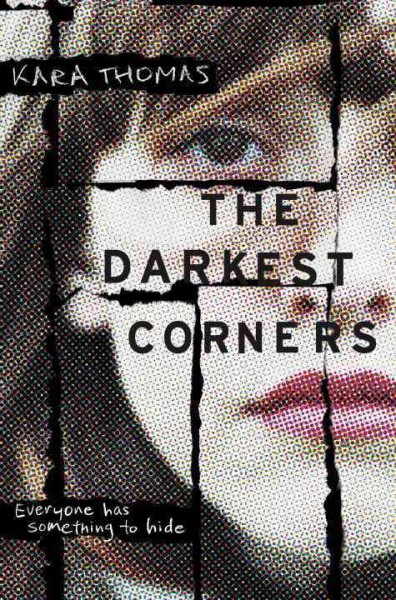 It’s such a cliche to say that I couldn’t put this book down, but trust me when I say that I really do mean it when it comes to
It’s such a cliche to say that I couldn’t put this book down, but trust me when I say that I really do mean it when it comes to 
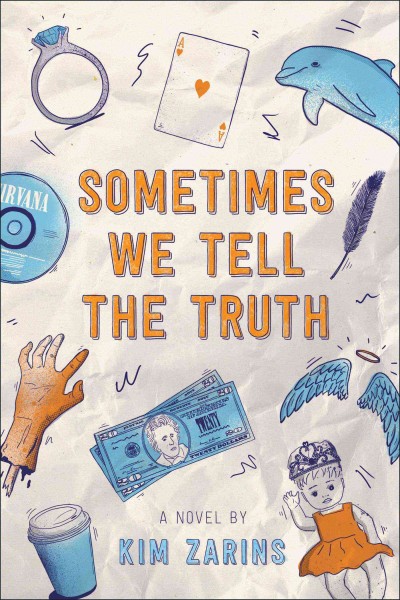 Who knew that a retelling of The Canterbury Tales could feel so modern and authentic? Emulating Chaucer is a tall order by any standard, but Kim Zarins delivers. The story takes place on a bus headed to Washington D.C. filled with rambunctious teens stuck together on a six-hour bus ride. Their civics teacher and supervisor’s solution is to come up with a story-telling competition: best story gets the winner an A in the class. The stories range from hilarious to raunchy to deadly serious, but all of them teach us something valuable about the characters. The cast is diverse and compelling, as one would have to be to make a reader relate to a 24-person cast! The story is tried and true, but Kim Zarins puts an amazing, modern spin on things to make an unforgettable read.
Who knew that a retelling of The Canterbury Tales could feel so modern and authentic? Emulating Chaucer is a tall order by any standard, but Kim Zarins delivers. The story takes place on a bus headed to Washington D.C. filled with rambunctious teens stuck together on a six-hour bus ride. Their civics teacher and supervisor’s solution is to come up with a story-telling competition: best story gets the winner an A in the class. The stories range from hilarious to raunchy to deadly serious, but all of them teach us something valuable about the characters. The cast is diverse and compelling, as one would have to be to make a reader relate to a 24-person cast! The story is tried and true, but Kim Zarins puts an amazing, modern spin on things to make an unforgettable read.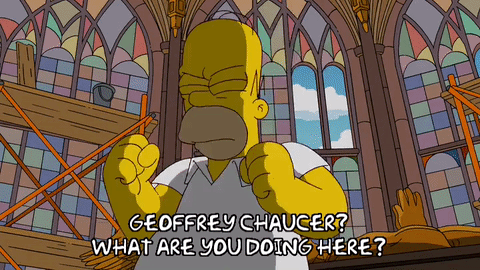
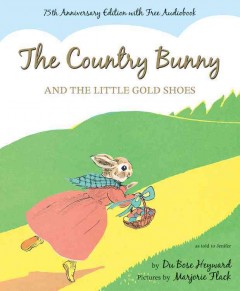 I’m bringing back a classic Easter book here, guys.
I’m bringing back a classic Easter book here, guys.  This digs into the bigger issues in a very subtle way that is appropriate for small children, but also makes it more interesting for the parents to read. They question her color and class standing, but she overcomes this. They suggest that because she is a woman and a mother, there is no way she could be the Easter Bunny, but she proves them wrong. She never gives up and in the end, she is rewarded for this determination.
This digs into the bigger issues in a very subtle way that is appropriate for small children, but also makes it more interesting for the parents to read. They question her color and class standing, but she overcomes this. They suggest that because she is a woman and a mother, there is no way she could be the Easter Bunny, but she proves them wrong. She never gives up and in the end, she is rewarded for this determination. Let me just start by saying you that will never guess how this book ends. Try as you might, this book is going to throw you for a serious loop. I finished this book on my lunch break one day and came back in the store and yelled “WHAT JUST HAPPENED TO ME?!!!” There is even a hashtag for this book, #WTFtheending. Don’t let this make you think that the ending was not good; it just shocked the hell out of me.
Let me just start by saying you that will never guess how this book ends. Try as you might, this book is going to throw you for a serious loop. I finished this book on my lunch break one day and came back in the store and yelled “WHAT JUST HAPPENED TO ME?!!!” There is even a hashtag for this book, #WTFtheending. Don’t let this make you think that the ending was not good; it just shocked the hell out of me.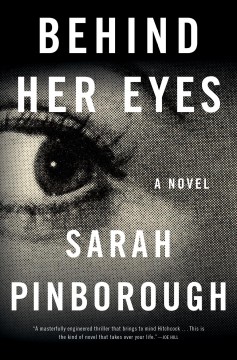 On a rare night out, she meets a man in a bar and they kiss. She is totally giddy about it because she feels there is a real connection and this has not happened to her in years. The next time she is at work, she meets her new boss who is incredibly handsome–and just happens to be the man from the bar. He also happens to be VERY married. Not only that but his wife is INCREDIBLY gorgeous. The new boss, David, and Louise talk about what happened and move forward. No big deal, right?
On a rare night out, she meets a man in a bar and they kiss. She is totally giddy about it because she feels there is a real connection and this has not happened to her in years. The next time she is at work, she meets her new boss who is incredibly handsome–and just happens to be the man from the bar. He also happens to be VERY married. Not only that but his wife is INCREDIBLY gorgeous. The new boss, David, and Louise talk about what happened and move forward. No big deal, right? Greg Iles is set to publish his final chapter in the Natchez Burning trilogy tomorrow. The trilogy, which began with
Greg Iles is set to publish his final chapter in the Natchez Burning trilogy tomorrow. The trilogy, which began with  It the middle of Turning Angel, he makes a pitch for his out-of-town fiancée to stay while he makes a run for mayor of Natchez: “Natchez has become a place where we have to raise our children to live elsewhere. Our kids can’t come back here and make a living. And that’s a tragedy…I want to change that.” And those words resonate because what’s true for Natchez is essentially true for all of Mississippi.
It the middle of Turning Angel, he makes a pitch for his out-of-town fiancée to stay while he makes a run for mayor of Natchez: “Natchez has become a place where we have to raise our children to live elsewhere. Our kids can’t come back here and make a living. And that’s a tragedy…I want to change that.” And those words resonate because what’s true for Natchez is essentially true for all of Mississippi.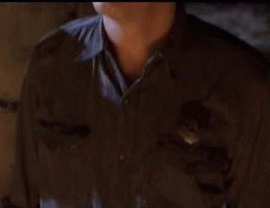 Truly menacing villains such as Brody Royal, the money man behind the Klan, and Forrest Knox, the heir apparent to all law enforcement in Louisiana and simultaneously the head of the family crime syndicate, dominate the first two books, but are dispatched. By the telling of Mississippi Blood, only Snake Knox (Forrest’s uncle), the man with the meanest of goals—survival and notoriety—and the meanest of dispositions, survives to torment Penn and the good people left standing in Natchez.
Truly menacing villains such as Brody Royal, the money man behind the Klan, and Forrest Knox, the heir apparent to all law enforcement in Louisiana and simultaneously the head of the family crime syndicate, dominate the first two books, but are dispatched. By the telling of Mississippi Blood, only Snake Knox (Forrest’s uncle), the man with the meanest of goals—survival and notoriety—and the meanest of dispositions, survives to torment Penn and the good people left standing in Natchez.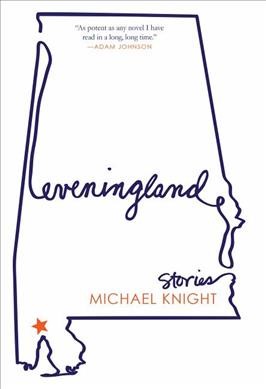 Eveningland is a collection of Alabama short stories that mostly take place around Mobile and the Gulf Coast area. A teenage girl holding a thief hostage in her home. A young art teacher trying to figure out her life. A vengeful husband. A boy with a summer crush. Knight does a skillful job of connecting these seemingly unrelated stories into a tale about the complexities of life in all its forms.
Eveningland is a collection of Alabama short stories that mostly take place around Mobile and the Gulf Coast area. A teenage girl holding a thief hostage in her home. A young art teacher trying to figure out her life. A vengeful husband. A boy with a summer crush. Knight does a skillful job of connecting these seemingly unrelated stories into a tale about the complexities of life in all its forms. My favorite story was “The King of Dauphin Island,” in which a real estate tycoon seeks to buy up and restore the crumbling island after the death of his wife. Relationships are at the heart of this collection, and I couldn’t help but care for each of the characters, though their struggles varied from infidelity to navigating middle-aged life.
My favorite story was “The King of Dauphin Island,” in which a real estate tycoon seeks to buy up and restore the crumbling island after the death of his wife. Relationships are at the heart of this collection, and I couldn’t help but care for each of the characters, though their struggles varied from infidelity to navigating middle-aged life.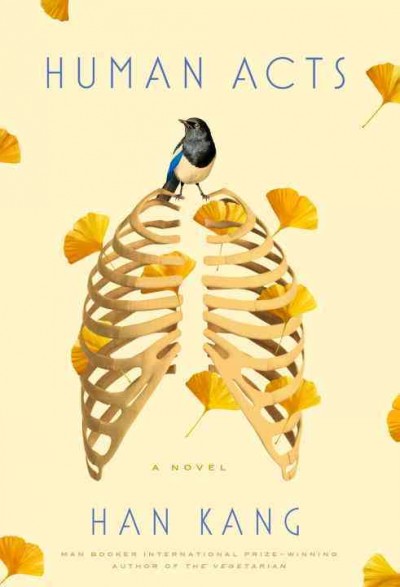
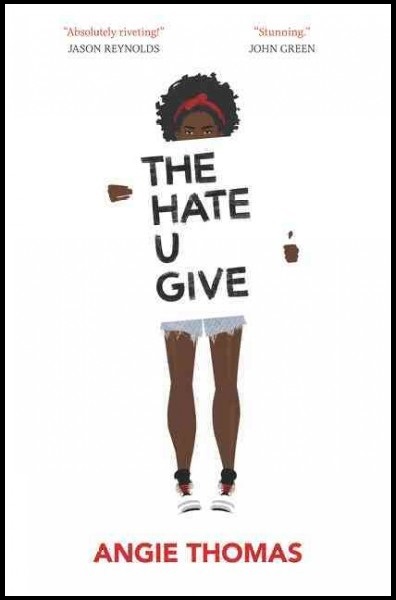 Well, I am happy to report that I liked it–a lot. Writing a novel about a topical political issue seems ambitious, especially for a first novel. But that is a strength of what Thomas does here with The Hate U Give: she takes the political and makes it personal.
Well, I am happy to report that I liked it–a lot. Writing a novel about a topical political issue seems ambitious, especially for a first novel. But that is a strength of what Thomas does here with The Hate U Give: she takes the political and makes it personal. The title of the book is a take on an acronym, or a
The title of the book is a take on an acronym, or a  In August of 2015, I met Angie when she had just signed with her agent. She was excited, hopeful, but also nervous. She didn’t know how a book influenced by Black Lives Matter would work for a YA story. Over a year later,
In August of 2015, I met Angie when she had just signed with her agent. She was excited, hopeful, but also nervous. She didn’t know how a book influenced by Black Lives Matter would work for a YA story. Over a year later, 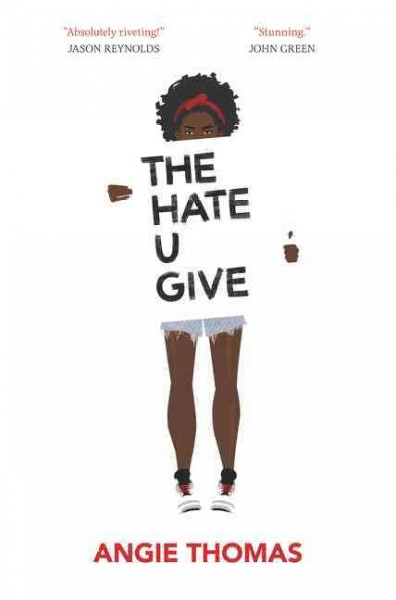 I was born, raised, and still reside in Jackson, Mississippi. I’ve told stories for as long as I can remember—I used to write Mickey Mouse fanfiction when I was six. But I never thought that I could be an author until I was in college, studying creative writing. I actually wrote the short story that became The Hate U Givewhile I was in my senior year. It took me a few years after college, though, to decide to make it a novel. Even after I wrote it, I was afraid that the topic may not be appropriate for YA. So when a literary agency held a question and answer session on Twitter, I asked if the topic was appropriate. An agent not only responded and said yes, he asked to see my manuscript. A few months later, I signed with him, and a few months after that we were in a 13-publishing house auction.
I was born, raised, and still reside in Jackson, Mississippi. I’ve told stories for as long as I can remember—I used to write Mickey Mouse fanfiction when I was six. But I never thought that I could be an author until I was in college, studying creative writing. I actually wrote the short story that became The Hate U Givewhile I was in my senior year. It took me a few years after college, though, to decide to make it a novel. Even after I wrote it, I was afraid that the topic may not be appropriate for YA. So when a literary agency held a question and answer session on Twitter, I asked if the topic was appropriate. An agent not only responded and said yes, he asked to see my manuscript. A few months later, I signed with him, and a few months after that we were in a 13-publishing house auction.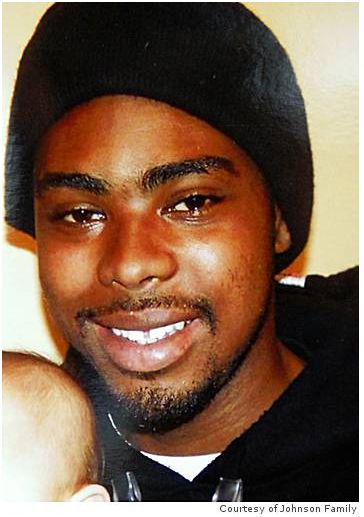
 Richard Bullmer, the multi-millionaire businessman who married a noblewoman from the Netherlands, has built a state-of-the-art luxury cruise liner named the Aurora and is about to take its maiden voyage to the North Sea. The ship is said to the be the height of luxury and opulence, so obviously Lo is very excited to cover the maiden voyage and profile some of the super A-list guests.
Richard Bullmer, the multi-millionaire businessman who married a noblewoman from the Netherlands, has built a state-of-the-art luxury cruise liner named the Aurora and is about to take its maiden voyage to the North Sea. The ship is said to the be the height of luxury and opulence, so obviously Lo is very excited to cover the maiden voyage and profile some of the super A-list guests. Later that night, Lo is woken by a noise next door and then hears what she believes to be a body splashing in the water. To say that Lo has a proper freakout about this would be an understatement, and rightly so. She gets the head of security involved and demands to meet all of the staff to see if the girl in cabin 10 is among them or if anyone notices her missing. So what seemed like it was going to be a very pleasurable assignment soon becomes a real-life nightmare. Lo is nervous about the confined spaces, jumpy from her home invasion, and rather unnerved because no one believes her suspicions about what has happened to the girl next door. Lo discovers that all the passengers and staff members remain accounted for, which makes it especially hard to prove that there was a person murdered if no one even knows about the person. Much to Lo’s dismay the cruise continues on as if nothing is wrong. This does not dissuade Lo in her hunt for answers.
Later that night, Lo is woken by a noise next door and then hears what she believes to be a body splashing in the water. To say that Lo has a proper freakout about this would be an understatement, and rightly so. She gets the head of security involved and demands to meet all of the staff to see if the girl in cabin 10 is among them or if anyone notices her missing. So what seemed like it was going to be a very pleasurable assignment soon becomes a real-life nightmare. Lo is nervous about the confined spaces, jumpy from her home invasion, and rather unnerved because no one believes her suspicions about what has happened to the girl next door. Lo discovers that all the passengers and staff members remain accounted for, which makes it especially hard to prove that there was a person murdered if no one even knows about the person. Much to Lo’s dismay the cruise continues on as if nothing is wrong. This does not dissuade Lo in her hunt for answers.